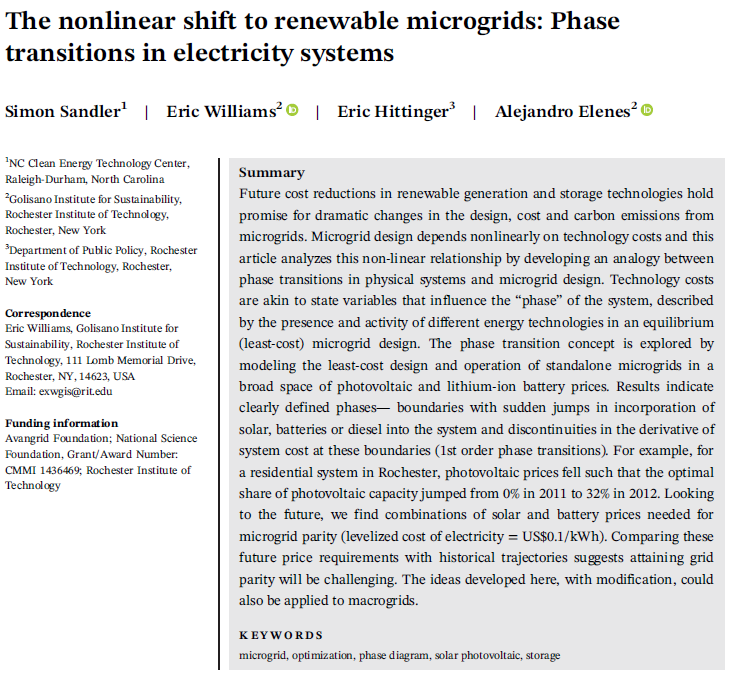Relevant to some recent discussion on this website, here is a new paper comparing the emissions estimates that you would get from different estimation methods. It is a topic close to my heart, so here are a few links/explainers on why you might care.
https://twitter.com/priyald17/status/1164655053736751104
First, this explainer on the basic idea of what it is and why it is relevant:
https://twitter.com/ElephantEating/status/978436206613680129
Second, a thread from yesterday with lots of branches showing why these questions are not just of academic interest. In short, policy and some markets want to know what happens to emissions if we add/remove X, but that it a harder question than it seems.
https://twitter.com/duncan__c/status/1164182852822556672
Finally, this related result we had in a paper last year showing that using marginal versus average emissions factors can sway your estimates of energy efficiency by a factor of 2 in either direction - that is a big difference!
https://twitter.com/ElephantEating/status/982279044543606785
Finally, this related result we had in a paper last year showing that using marginal versus average emissions factors can sway your estimates of energy efficiency by a factor of 2 in either direction - that is a big difference!
https://twitter.com/ElephantEating/status/982279044543606785
The hit parade continues.
https://twitter.com/ThomasDeetjen/status/1164999595543408643?s=19
• • •
Missing some Tweet in this thread? You can try to
force a refresh







